Life surrounds the green space in many parts of the city of Mexico. Sabultebec Park is twice as much as the size of Manhattan’s central park. Amea Central is the oldest park of the United States, next to the Balasio de Peellas Arts at the Historical Center. The National Park is one of the most popular places in the city for urbanists. However, none of these parks fit the leaf of Cantesa, with the energy of the browsing on Sunday morning, via beautiful park Mexico.
At 9 am, locals have already demanded their seats: Jagans are speeding up winding routes, dog owners are rumors, their pets play off-leish, and families are spreading blankets in grass packets to enjoy the weekend tour.
Park is the city of Mexico in the emotional experience in Mexico. The smell of coffee from the abundance of cafes sorting the streets when vendors who sell new fruits and tamalles call their offerings. The music Art Art Teco Ambitiator of a premature dance class is echoed from the Ambitiator, while the children shout the joy of the duck pool.
The 88,000 square meter urban sanctuary does not rest from the concrete surrounding; The Park Mexico tells a unique side of the story of the evolution of Mexico, through its architecture, functions and a varied meeting every weekend.
Its origin is colonial

The history of Park Mexico has further stretched more than many audiences felt. The land was originally part of the Santa Catalina Dell Arized Hagenta, which was built in 1610. Later in the suburbs of Mexico and now Cantesa, which was primarily dedicated to the production of Pulk, cattle and fruit cultivation. For centuries, the Hagenta changed its hands several times. In the 1700s, it fell under the ownership of Miravale’s third Countus, which was the descendant of Motezuma and the Second Charles of Spain.
It was a race for a time

In the early 20th century, the Jackie Club bought a portion of this land and built the horse racing path, which illustrates the park’s oval shape. At the end of the Mexican Revolution, the route of the horses once galled for the entertainment of the city of Mexico. In 1927, the developers who purchased the race in 1927 had to convert the 60,000 square meters of property into a public park, and was restricted by a contract that Park was born Mexico.
That is not its name
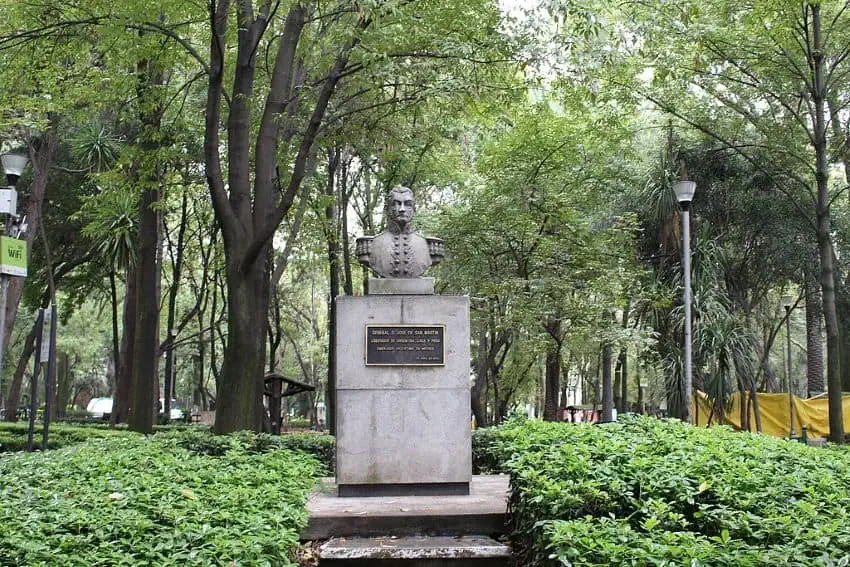
Although everyone calls this Park Mexico, it is not really the official name of the park. It is technically known as Park General Chan Martin, named after Jose de Chan Marton, the leader of the independent of Argentina, Chile and Peru. Dedication was officially made in December 1927 as a gesture of goodwill towards Argentina. Nevertheless, the park is commonly known and is referred to as Park Mexico due to its location in Avenita Mexico. Need a scene? Go to the northwest corner of the park near the Amaliya Gonzalas Library, where San Marten’s bust is proud.
Its layout was inspired by a British urban planner
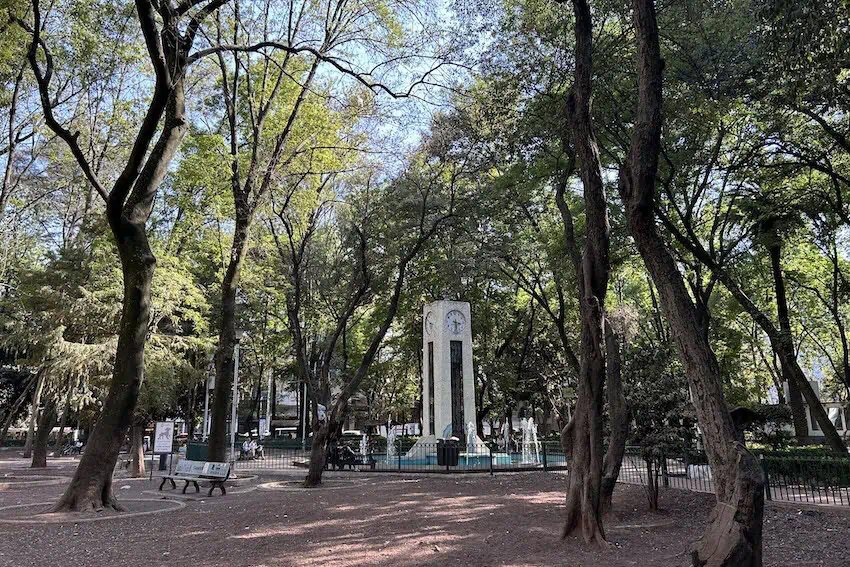
Jose Louis Quewaz Piatrarasanta, a teacher architect behind the Hiptromo Cantesa neighborhood, has been heavily impressed by the British Urban Planner Ebenezer Howard’s Garden City.
Howard pioneered the innovative city development concept with the aim of combining the best features of city life and nature and creating stable and peaceful urban environments. When Park was planning Mexico, Quas Piatrarasanta used these policies, resulting in the most progressive and successful urban development program of capital in the 1920s. As much of the city expanded to disrupt, Hiptrromo Cantesa emerged as a map for future use. The streets around Park Mexico are the first Mexico city neighborhood that the buildings and nature are intentionally compatible with a round, strange style.
It took three architects
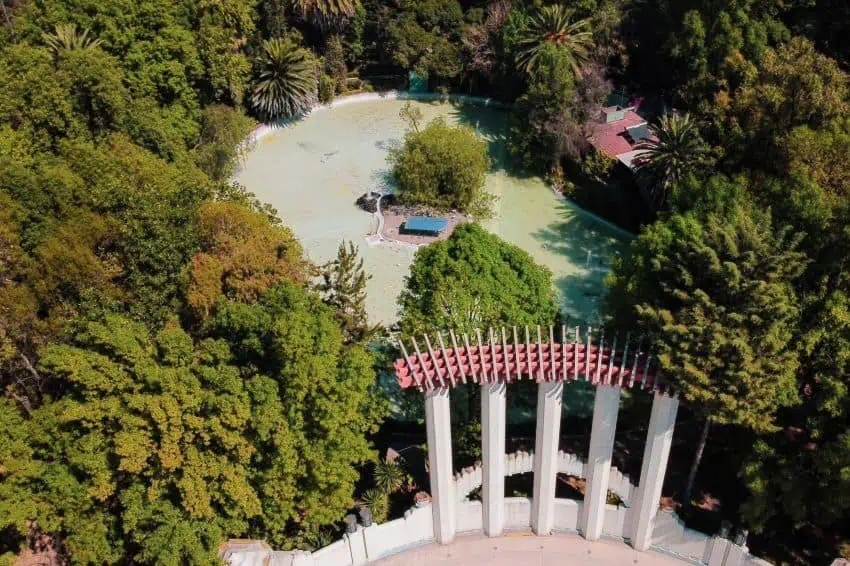
Jose Louis Quwaz Piatrarasanda is one of the most influential urban designers of Mexico than the chief architect of the park. Beyond the colonia hiptromo, he designed the high Lomas de Sabuldebec neighborhood, the Edison Building in the Center in the Historical Center and the Gaza de Jose Cargolo Y Carey.
Leonardo had a skill for the Norrika Art Dogo, which was used when designing the striking Forro Lindberg amputerator. Its geometric shapes, decorative core and clean lines are a testament to his art player. Although Norika’s name was not important among her contemporary people, his contribution to Park Mexico was deep and helped to establish Art Dogo as a definition style in the architectural identity of Mexico.
Is a park really a park without sculpture? According to Jose Maria Fernandez Arbina, there is no answer. Fernandez Arbina brought her three -dimensional expertise to the Park Mexico Project, which created the famous Founde de Los Condaros (Fountain of the pitchers), one of the most beloved features of the park.
Together, these three designers do not only create a beautiful green space in the heat of Cantesa. By mixing European influences with Mexican aesthetics, the group introduced a bold cultural statement about modern Mexican identity during the national discovery following the Mexican Revolution.
Charles Lindberg was here… perhaps
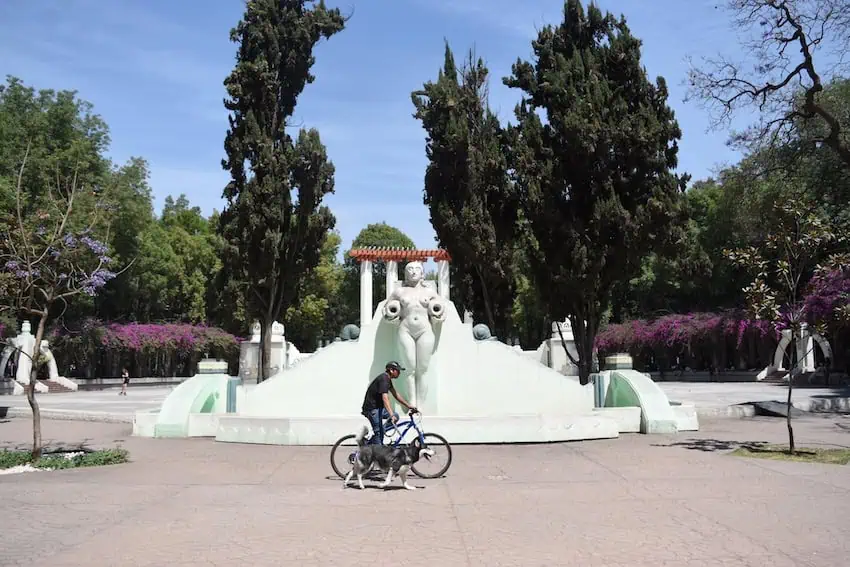
Art Dego Forro Lindberg Ambitiator Park operates as a architectural center of Mexico, the favorite meeting point for cultural heart and salsa fanatics. But many visitors are not aware of the attractive story behind its name.
The forum was actually named by Charles Lindberg, US Aviator, who flew the first unique Atlantic aircraft from New York to Paris. Some say that his achievement captured the imagination of the urban planners of Mexico.
Local legends still say something dramatic. Some believe that Lindberg landed a plane in this place in December 1927. When historians discuss whether this is actually happening, Mexico talks with the enthusiasm of air advances in this era, perhaps a way to shorten the distance between countries and promote new international relationships.
It has historical rules
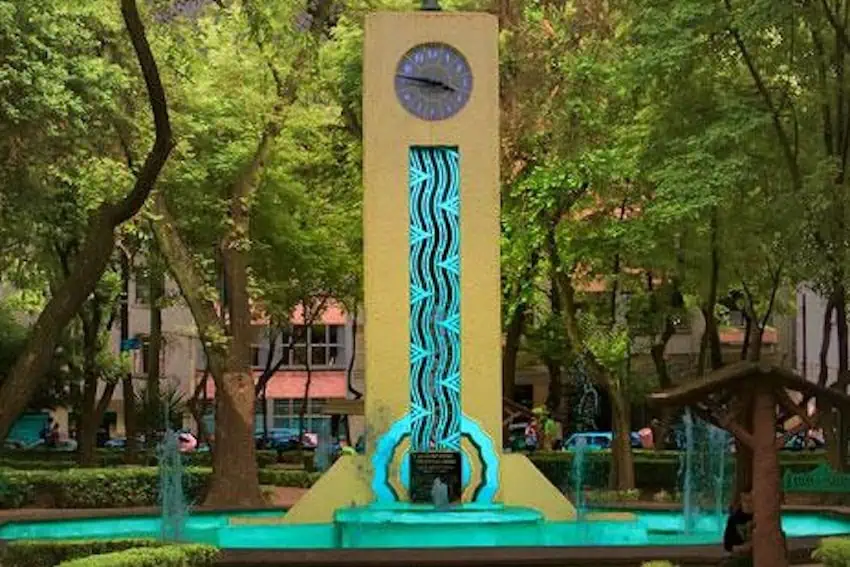
There are many humorous art deco-style stone signs across the park, which has been dating since 1927, which indicates the right way to operate when it comes to ensuring that Park Mexico is well maintained. These signs not only reflect the past social norms in Mexico, but also uses a unique language that shows how speech is used to refer to one’s social class. This feature adds to the nature of Park Mexico, which acts as a practical guide and cultural artifact. Look at the symptoms that say, “Respect for trees, plants and grasses: a clear sign of culture” and “dogs can severely damage a park: slide them.”
This is a life environmental system in the middle of the city
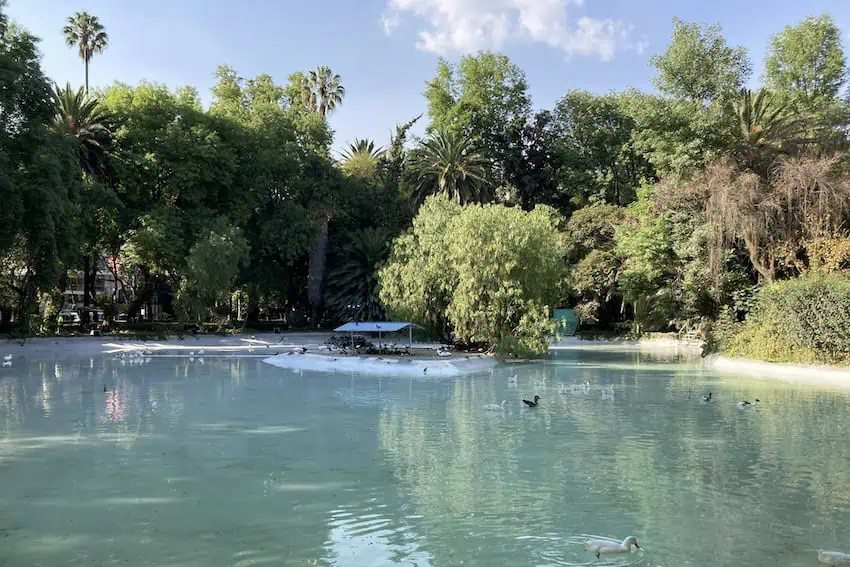
Park Mexico operates as a urban forest within Mexico. The park’s canopy includes majestic jagarandas, gray trees, palms, fuss and native Ahuts (Montezuma Cyprus), many of which have been for many centuries.
More than a beautiful face, Park Mexico plays an important environmental role by helping to drain the air pollution, reduce urban heat and give habitats to wildlife. For people living in surrounding surrounding neighborhoods, the park provides natural essential access to the park without leaving the city, which is a reminder of the life of Mexico’s natural heritage amid the urban landscape.
A bustling cultural center
Dcing in Tampa Casino Class | Mexico Park 🕺🏽 @Timbacasino3745
Each weekend, more than 10,000 visitors make Park Mexico a vibrant community center. Local residents come here for free Salsa classes, Jumba sessions and premature events. You can learn to roller skate or how to properly use the LED saber. With your idea of burning calories on a Sunday, sellers fill all kinds of happy products for the park – craftsman jewelry, housing plants, home decorations – you can even adopt a cat!
An important historical landmark
Recognized by the National Anthropology and History Institute as a cultural symbol, the park physically reflects the urban evolution of Mexico. Renewal in 2008 introduced stable irrigation systems to maintain its greenery amidst the water challenges of the city.
As Cantesa continues to grow as one of the most desirable neighborhoods of the country, Park is a collection of public access to everyone. The park is open daily, including holidays.
Bethany Platanella is a travel planner and lifestyle writer in Mexico. After booking the air ticket, he lives for the success of the dopamine who comes directly to the local markets, yoga training and new tortillas. Register to get her Sunday’s love letters For your inbox, look at her BlogOr follow her Instagram.
(Tagstotranslate) Cuauhtemoc borough
Story Credit








